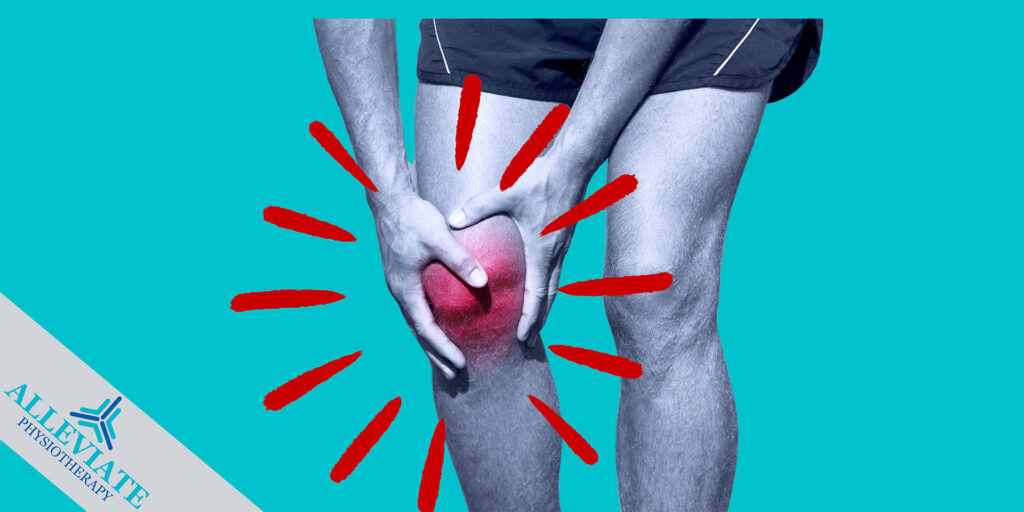
PCL Injury
Have a PCL Tear? Here’s how top-rated physiotherapy can help
Suffering from a painful knee? Sprain/Strain? Osteoarthritis?
What is the Posterior Cruciate Ligament (PCL)?
The posterior cruciate ligament (PCL) is the strongest ligament in the knee. It extends from the top-rear surface of the tibia (bone between the knee and ankle) to the bottom-front surface of the femur (bone that extends from the pelvis to the knee). This ligament prevents the tibia from moving too much and going behind the femur.
Source: University of Pennsylvania https://www.pennmedicine.org/
What is PCL Injury?
Any injury that causes a partial or complete tear in the Posterior Cruciate Ligament causing inflammation, swelling and impairment of the knee is called a PCL Injury. This particular injury is usually caused by over-extension (hyperextension) of the Knee Joint.
What are the Causes?
PCL injuries are typically caused by a direct blow to the front of the knee, such as in a car accident, or by a sudden twist or bend in the knee, such as when landing from a jump. They can also occur due to a fall when the knee is hyperextended.
In sports, PCL injuries are more common in contact sports like football, soccer, and hockey, as well as in sports that involve jumping, such as basketball and volleyball. Additionally, other factors like muscle imbalances, previous knee injuries and degenerative changes in the knee can contribute to the risk of a PCL injury.
Brotzman (1996) says, Rupture of the PCL is usually caused by a direct blow to the knee, or excessive and sudden weight on the knee which may cause hyperextension. (Page 293, para. 4).
How can Physiotherapy help?
Physiotherapy from a registered therapist near you can help in a lot of ways to recover post a PCL injury.
Some of the common treatments that can be given by physiotherapists near you are as under:
- Pain Management : This is done by checking the existing presence of swelling, discoloration, or the possibility of any previously created surgical incisions (previous surgeries).
- Range of Motion : Physical therapy can help improve knee range of motion by using exercises
and manual therapy techniques. - Muscle Strengthening : Physical therapy can help strengthen the muscles surrounding the knee,
such as the quadriceps and hamstrings, which can help support the knee and improve stability. - Gait Improvement and Functional Training: Physical therapy can help improve gait and
functional mobility, such as walking and stair climbing, by using exercises and training. - Balance and Posture : Physiotherapy can help maintain correct joint posture which usually
changes after an injury. Physical therapy can also help in improving balance. - Back to Sports : Physical therapy can help individuals return to their sport or activity by creating
a specific rehabilitation program that focuses on improving strength, power, and overall
function.
It is important to note that the type and intensity of the physical therapy will vary depending on the severity of the injury, the individual's goals, and the stage of healing. It is always advisable to check the best physiotherapy center near you and get consultation appointments to know what specific treatment you need.
Choosing the best physiotherapist near you is no longer difficult! With two branches across Toronto, Alleviate Physiotherapy is now operational in Oakville, Mississauga and Etobicoke.
Check out our Client Testimonials
Don’t want to live with pain?
GET IN TOUCH
Don’t Wait – Just Alleviate
Source
S. Brent Brotzman., and Kevin E. Wilk., (1996). Clinical Orthopaedic Rehabilitation: Second Edition. Mosby Publication.





